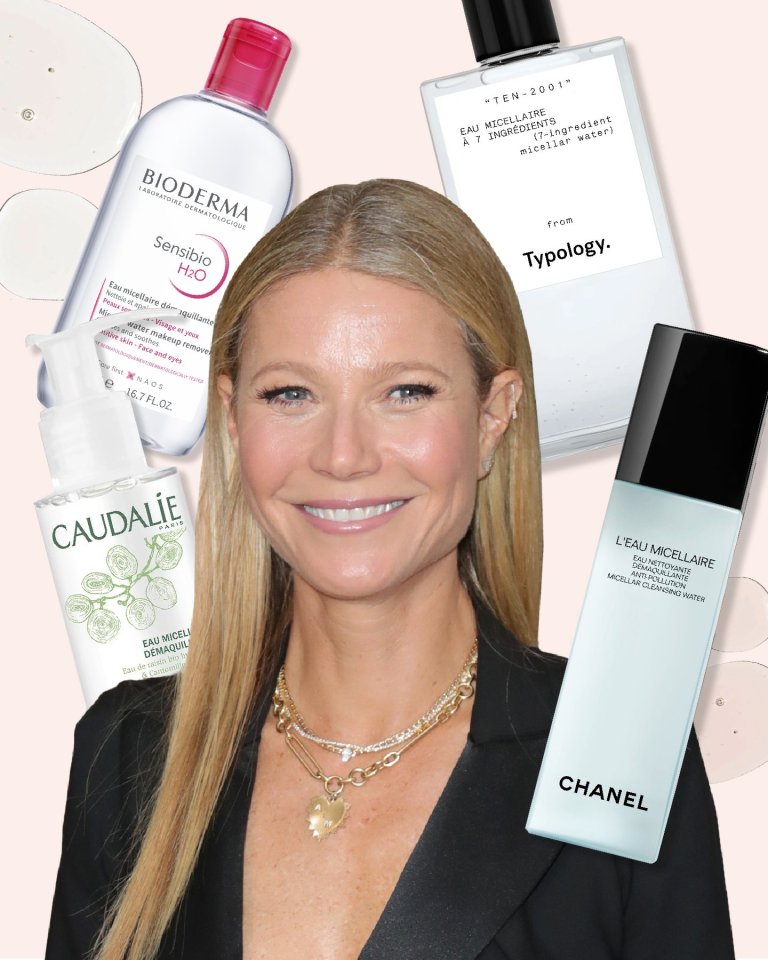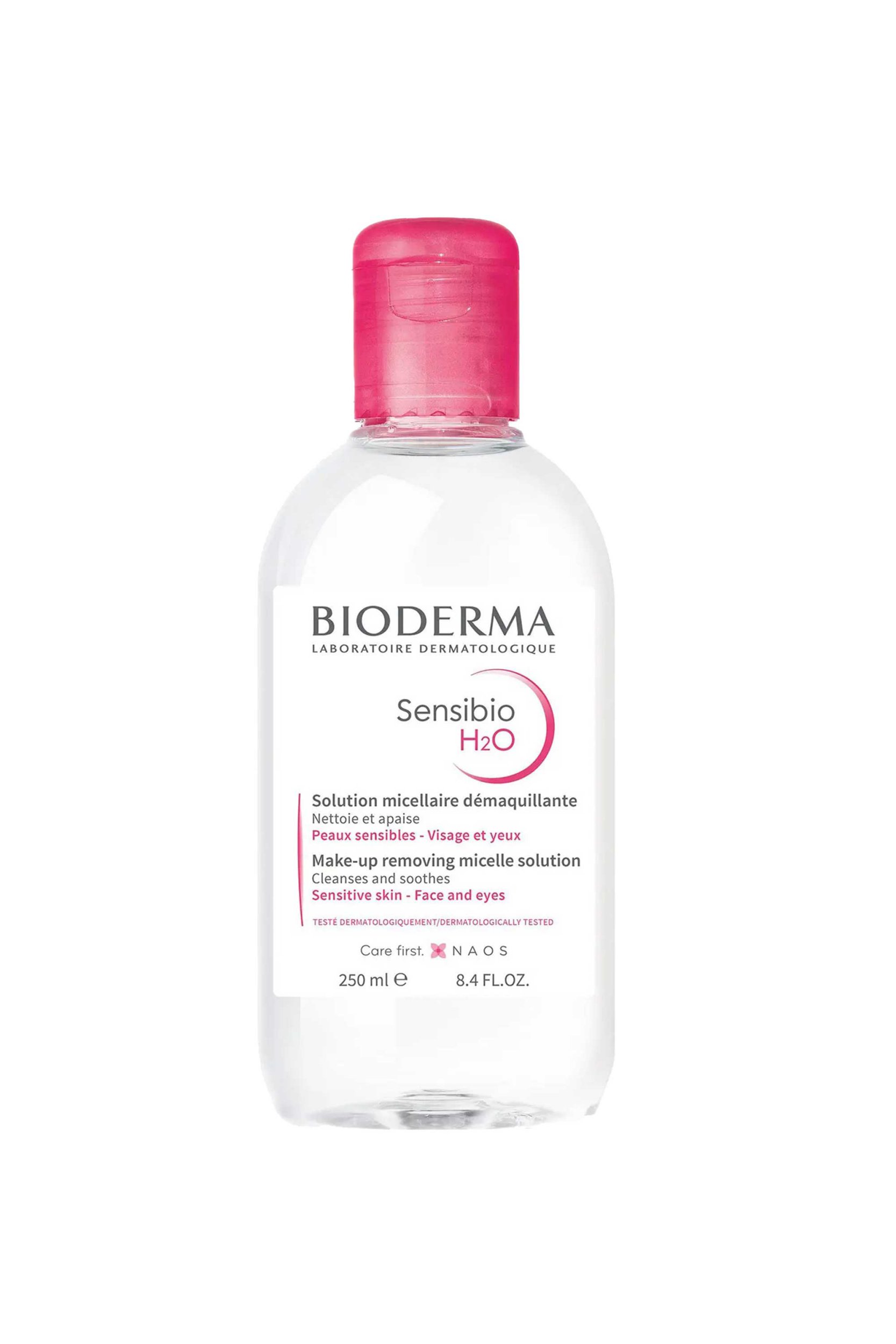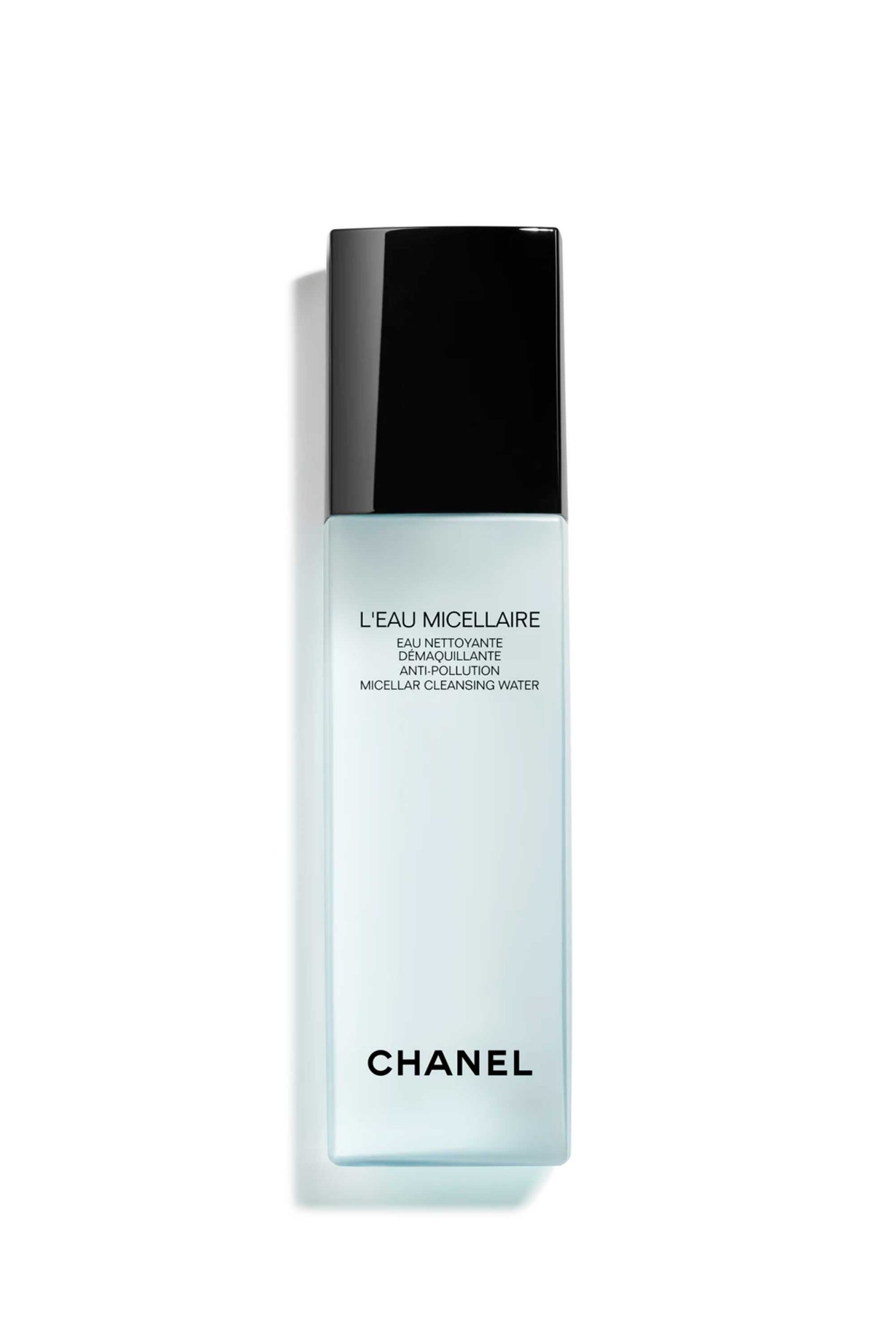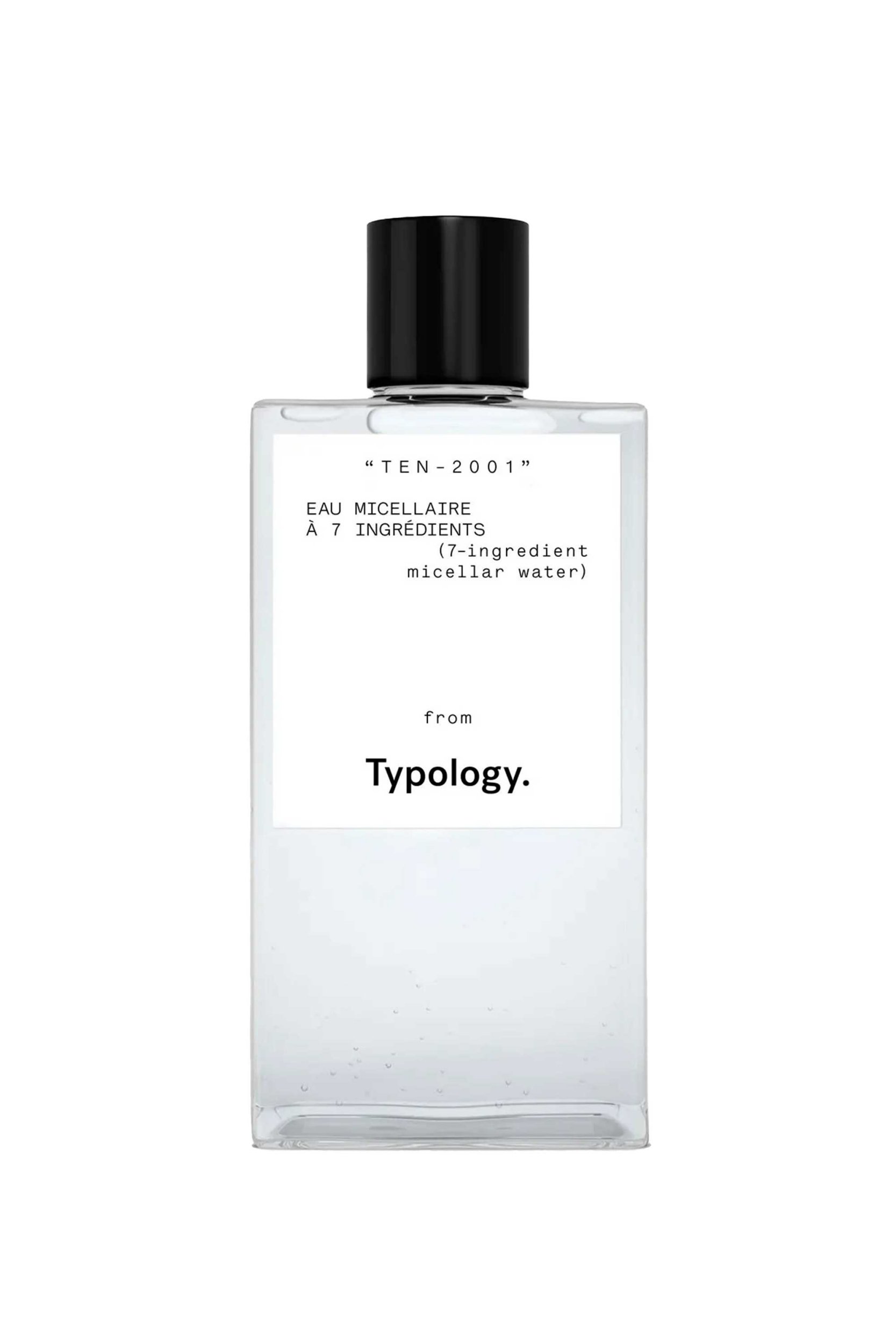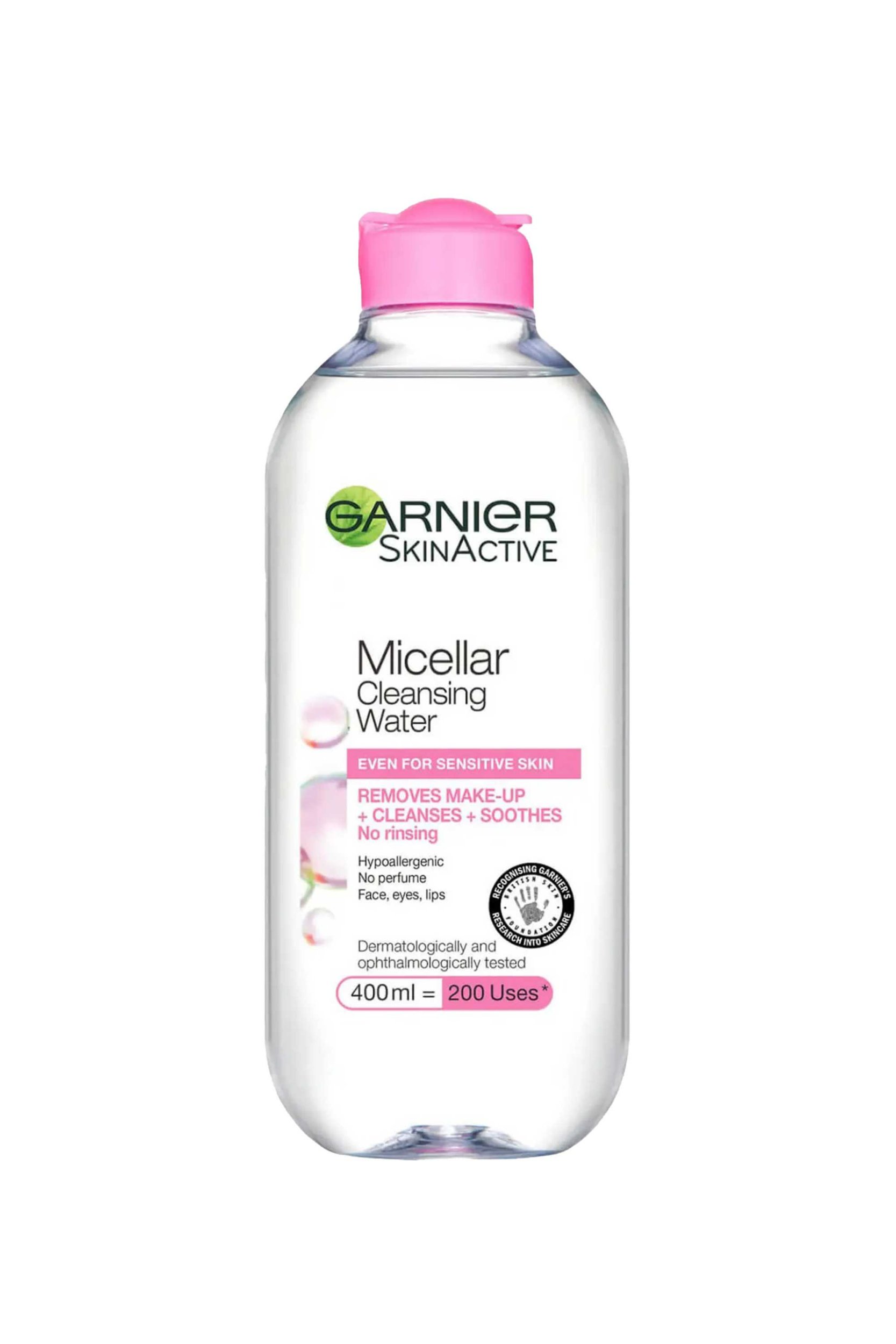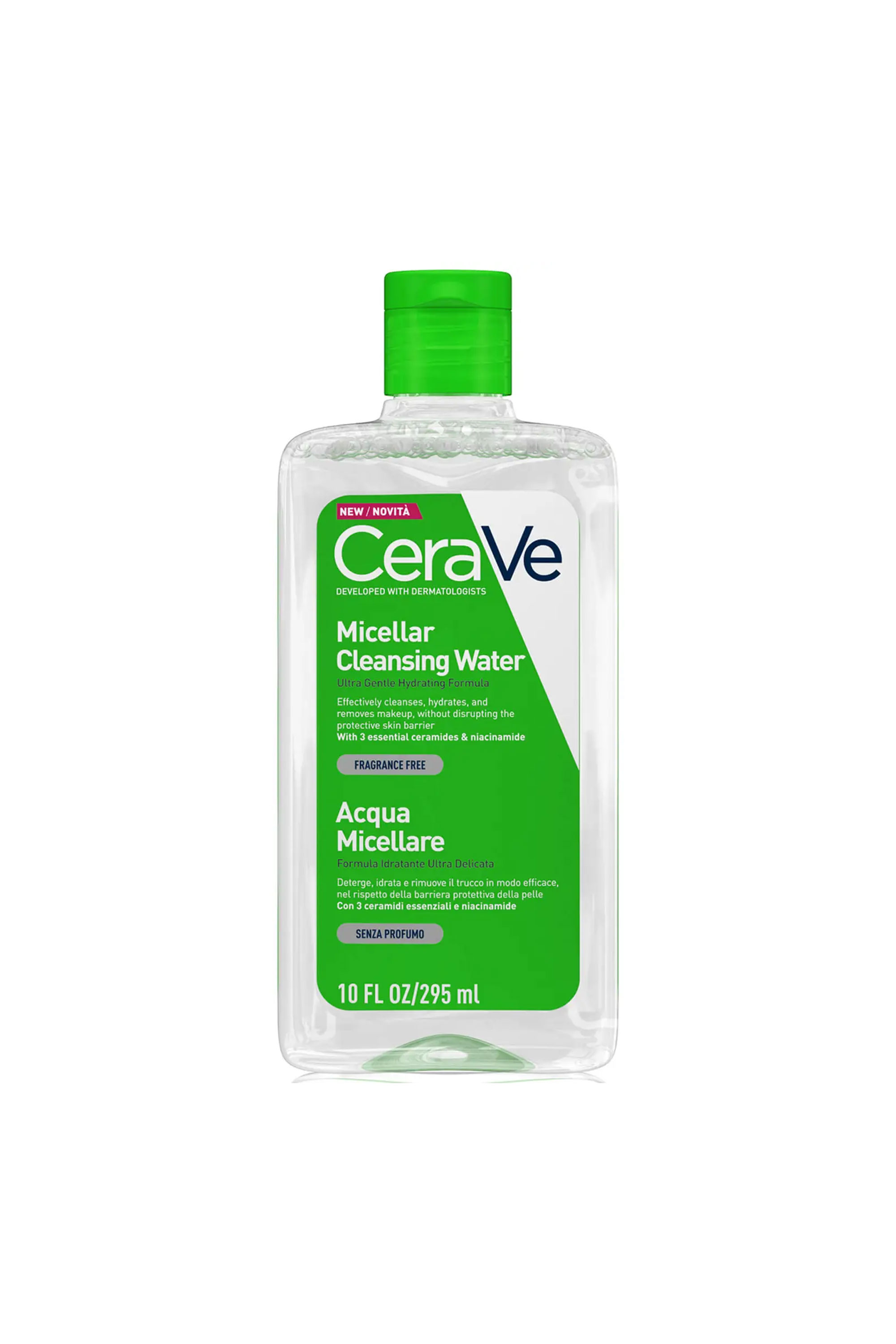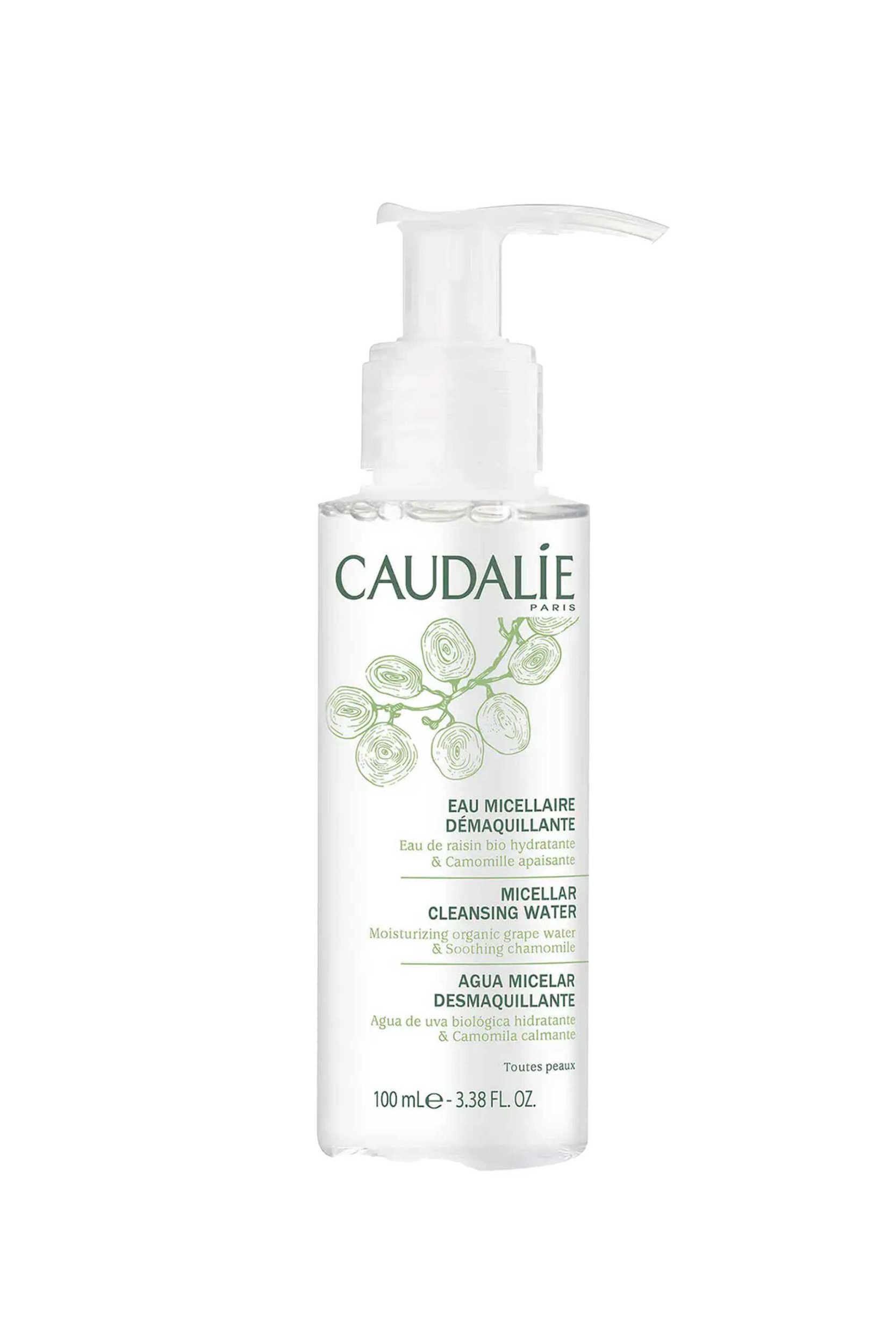So let’s cut to the chase – what is micellar water and where did it come from? Micelles, the core element in micellar water (which I’ll explain more about later on), were actually discovered in 1913 at the University of Bristol. While it seems like we here in the UK ignored them for the most part when it came to beauty, French women fully embraced micellar water to cleanse their faces without needing to rinse with the harsh – and not always available – Parisian water.
Fast forward a few decades, and cult cleansing water brand Bioderma released the first micellar water for worldwide sale in 1995, challenging traditional cleansing and toning rituals for people across the globe. And it’s safe to say that the release was a success, with celebs including Gwyneth Paltrow, Victoria Beckham, Natalie Portman, Rosie Huntingdon-Whiteley, Drew Barrymore and countless other beauty enthusiasts around the world now fans, propelling the product from French pharmacy secret to global beauty staple.
It’s also beloved by makeup artists including Max May and Simone Forte, thanks to its non-irritating, quick and easy makeup removal that doesn’t leave models’ faces red, raw or itchy. Just keep your eyes out next time you see a BTS fashion week shot.
How does micellar water work?
Micellar water may seem like magic at first, as it removes makeup so easily and doesn’t have the typical remover oiliness that many of us are used to. But it all comes down to those all-important micelles; tiny ball-like clusters of molecules called surfactants. You may remember surfactants from chemistry classes at school, but they actually make up the core cleaning component in most household detergents and are responsible for cleansing, foaming, thickening and emulsifying in beauty products.
Surfactants have an oil-loving (lipophilic) end and a water-loving (hydrophilic) end meaning they can sit in water when clumped together but will draw up oils when in contact with them, so makeup, oil, dirt, pollen and heavy metals are all absorbed away from the skin, into the micelle and then onto the cotton pad. Just imagine a football that opens up and then closes around a pile of soil, trapping it inside.
How do you use micellar water?
Micellar water may look and act like regular water at first glance, but you should be able to spot the micelles when looking close enough. Dubbed one of the easiest skincare products to use, all you have to do is simply soak a cotton pad and swipe across your face and neck, and that’s it; no rinsing is required.
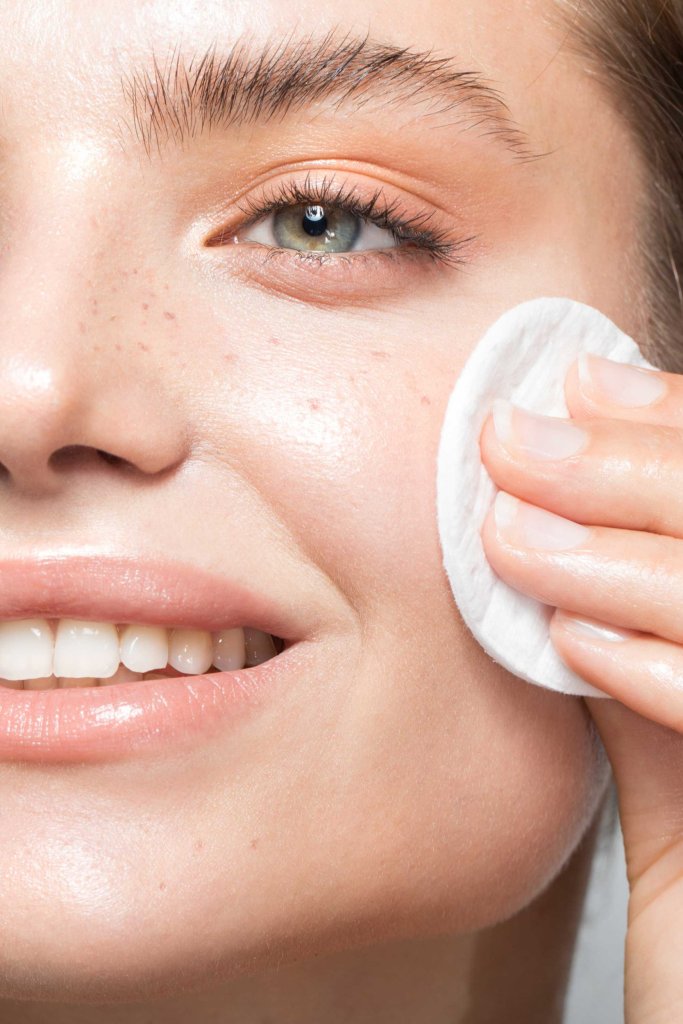
Do you need to use a cleanser as well as micellar water?
While the micellar water does a fantastic job at removing any dirt, makeup and excess oils from the skin, I’d recommend following with a secondary wash-off cleanser. This can help to address any skin concerns such as acne or dehydration, and this can also be tailored to your specific skin type for added benefits.
Take note: most micellar waters may not be able to get off extra-heavy makeup like glitter eyeshadow, so it’s always a good idea to have an eye makeup cleanser in the cupboard too, just in case.
Who should use micellar water?
Unlike most other types of cleansers, micellar water works with the natural oils in the skin, meaning it’s suitable for almost every skin type from dry to oily or sensitive, and is particularly good for anyone with rosacea and eczema – thanks to how gentle it is without the need to use hard water on the skin. And as it can be used with a cotton pad, the product removes the need to touch the skin with hands or washcloths.
6 of the best micellar water products to buy now
The OG micellar
This celeb favourite is tailored specifically for sensitive skin. There are also options for blemish-prone, dehydrated and oily skin types too; all of which remove makeup and dirt whilst soothing irritation and helping to strengthen the skin’s natural oil barrier.
The indulgent buy
For anyone after a bit of luxury, Chanel’s micellar water is another great option. Of course, it comes with the designer price point, but it does look beautiful compared to your other standard cleansers. Working with the skin pH thanks to prebiotic molecules, it easily removes makeup, impurities, UV filters and pollutants.
For a super-charged cleanse
Made from 96% naturally-derived ingredients, this affordable micellar water from French brand Typology includes glycerin for moisture, citric acid for pH balance and Cetrimonium bromide to remove any bacteria from the water – a definite plus for anyone who regularly forgets to put lids on products, as remember, bacteria can sneak in from the air. The brand does however recommend that this cleansing water is used in the evenings only, as your morning wash can be done with just water alone; a take that often divides opinion.
The High Street favourite
The most affordable micellar water of the lot is this option from Garnier – and it’s an OG favourite. As well as removing makeup with ease, it also includes moisturising glycerin, and can be paired with the Garnier reusable eco pads, £5.99, which can be used up to 1000 times for a less wasteful routine.
For an extra boost of hydration
Another cult cleansing brand that has shot to fame in recent years for its gentle face wash, CeraVe has one of the best micellar water products available. With niacinamide and ceramides for deep cleansing and hydration, there are some really core skincare ingredients in this cleansing water.
The naturally-derived option
This Caudalie micellar is made from 98% naturally-derived ingredients with chamomile, grape water, mandarin tree blossom, lemon leaf, watermelon and fresh mint all squeezed into the bottle. The handy pump is perfect for anyone prone to knocking lidless bottles over!
